
Modern Karate, like modern education, is a systematised way of transmitting knowledge – but is it effective?
Mass education is one of the key drivers of the increase in living standards seen in the industrialised world, but with these standards falling and even slipping backwards a question has to be asked – Is education as we know it still doing the job?
There are two areas in life that I would suggest that I have some level of professional, or at least advanced amateur, expertise. The first is education, the second is my lifelong hobby – martial arts.
I have practised martial arts in traditional, combat sport and self defence forms for most of my adult life. I started with traditional Karate at the age of 11 for a couple of years and picked up my training again in my mid teens and since then I have trained fairly consistently. I have read books on the subject, watched documentaries, trained in multiple styles across two continents and three countries now – I’d say I have a decent grounding (although ironically my ground game is without doubt my weakness – gonna have to work on that).
I mention this because there is a stark parallel between what has happened to traditional forms of Karate and most education systems across the globe.
Contrary to popular belief Karate is neither Japanese, nor does it mean empty hand. It is Okinawan and literally translates as Chinese hand – the unarmed combat styles having been taught to Okinawan fishermen and traders by Chinese martial artists. These techniques and styles were blended with the indigenous arts to create Kara-te (Kara = Chinese, te = hand).
Now this all changed when one Gichin Funakoshi brough traditional Okinawan Karate to mainland Japan in 1922. At this point the name also changed to match the needs of a new context and ‘the way of the empty hand’ was born.
As Karate evolved it became widely taught to larger and larger groups until we have the situation that we have now: a single Sensei leading a class through specific and repetitive drills with maybe one or two assistants helping demonstrate and correct the movements of the students. Following this could be some partner work and drills and maybe even individual practice. There can be up to 30 students in a big class, often fewer, sometimes more.
Sound familiar? This system mirrors the traditional classroom setup.
Now the big criticism many combat sports exponents have of karate is that it does not work as a fighting system. This criticism stems from the fact that traditional karate doesn’t pressure test in live situations, and doesn’t have certain techniques included such as locks, throws and groundwork.
They are wrong – absolutely wrong. And they are right, absolutely right.
How? Well, modern Karate, taught to large scale classes in broad contexts is not going to amount to an effective fighting system. There are advanced classes that look at the applications for self defence, there are small groups who functionalise and cross train the art to make it work, but on the whole, Karate as it is taught and practised is not the same as the art that came out of Okinawa in the last century.
So what changed?
Two things: One, the context of instruction. Karate moved from master/student or master/small group to instructor/class modes. Instruction became standardised and to make it fit a mass audience it also had to be simplified for replication. Prior to this point there had been no set syllabus, no rankings, the belt system is an entirely modern Japanese invention.
The second thing was the context – most Karate masters were masters of fighting because they had to fight – Karate survived because it worked. Systems of combat that didn’t work would quite literally die out along with their practitioners. The modern world didn’t require these rarified skills anymore as it became safer and firearms moved the threats into a different paradigm.
So what has all of this got to do with the classroom?
The parallel is clear. Education has been industrialised and mass produced. The individualisation of instruction is near impossible at the scale at which we currently work. This doesn’t mean what we do lacks meaning any more than there is no point in studying modern Karate – you can seek out the bits you need to add to the fundamentals you have been taught that can functionalise the system. You can cross train and learn other styles. Just as in education you take the skills learned at each level and develop them further either in different educational environments or in the workplace.
The problem comes in the growing gap between the context of education and the context of the world in which that education needs to be made to work, alongside increasingly depersonalised content and standardised assessments.
So here is where I think AI can really be a lever.
The main issue in the classroom is that time spent at the front delivering context, managing the engagement in the room and orchestrating the group is time not spent with the individual.
It is my hope that part of the potential for AI is the capacity to take that upfront loading and delivery and increasingly free up the teacher to act as the old masters used to – to give one to one, adaptive instruction to small groups and individuals. AI could even amplify the teacher’s ability to do this allowing for more individualised instruction on the ground, adapting to the needs and capacities of students acting in the role of the senpai to the teacher as sensei.
We need to look at the context of our curricula and adjust what we teach to develop the fundamentally human skills of critical thinking, evaluation, information literacy, communication, group work etc, but we also need to recognise that these subtle and powerful skills need to be delivered in a different context to the mass delivery of content that we currently favour.
Perhaps AI is the one of the tools that can free us to do this.
As ever, if this was in any way helpful do sign up for alerts and don’t forget to follow me on Linkedin, Facebook, Instagram and X.
#EdTech #AIinEDU #AIintheclassroom #AIinschools #AIforteachers #AIineducation
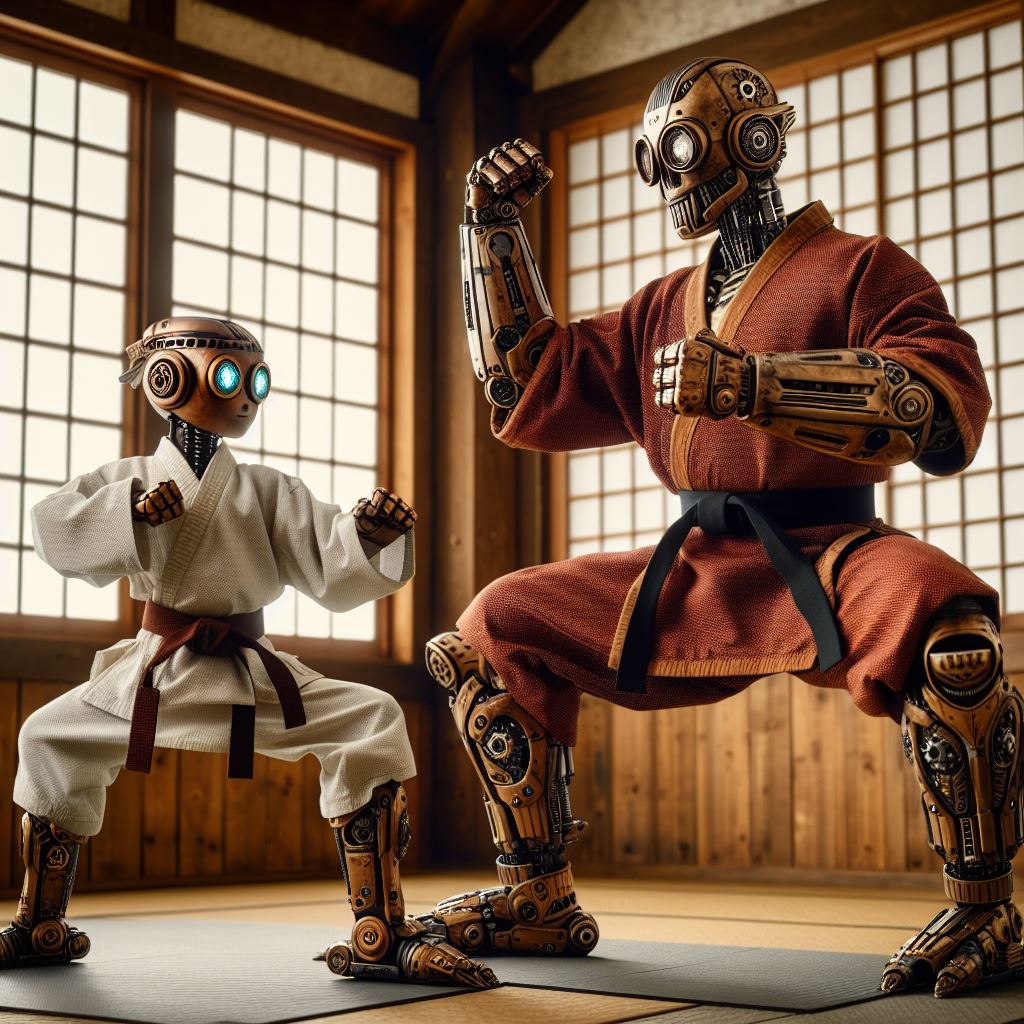
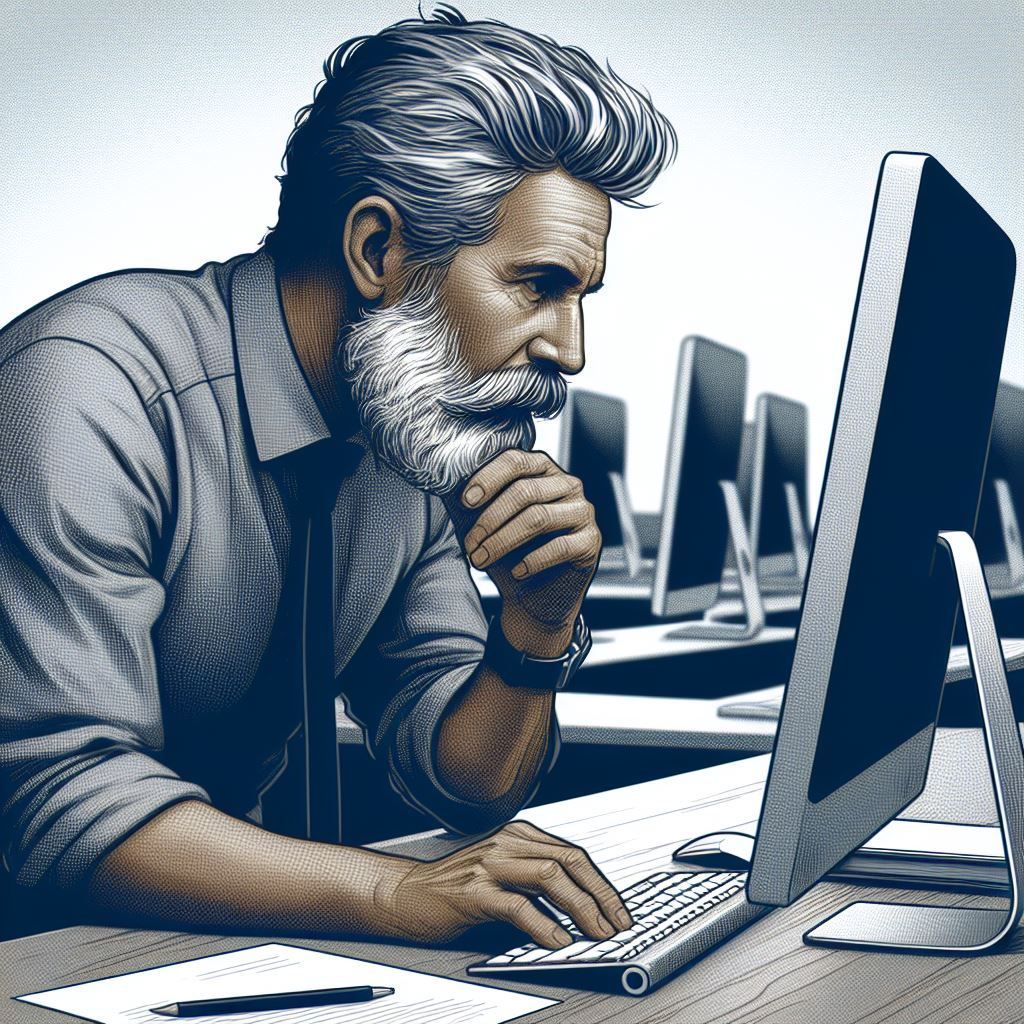
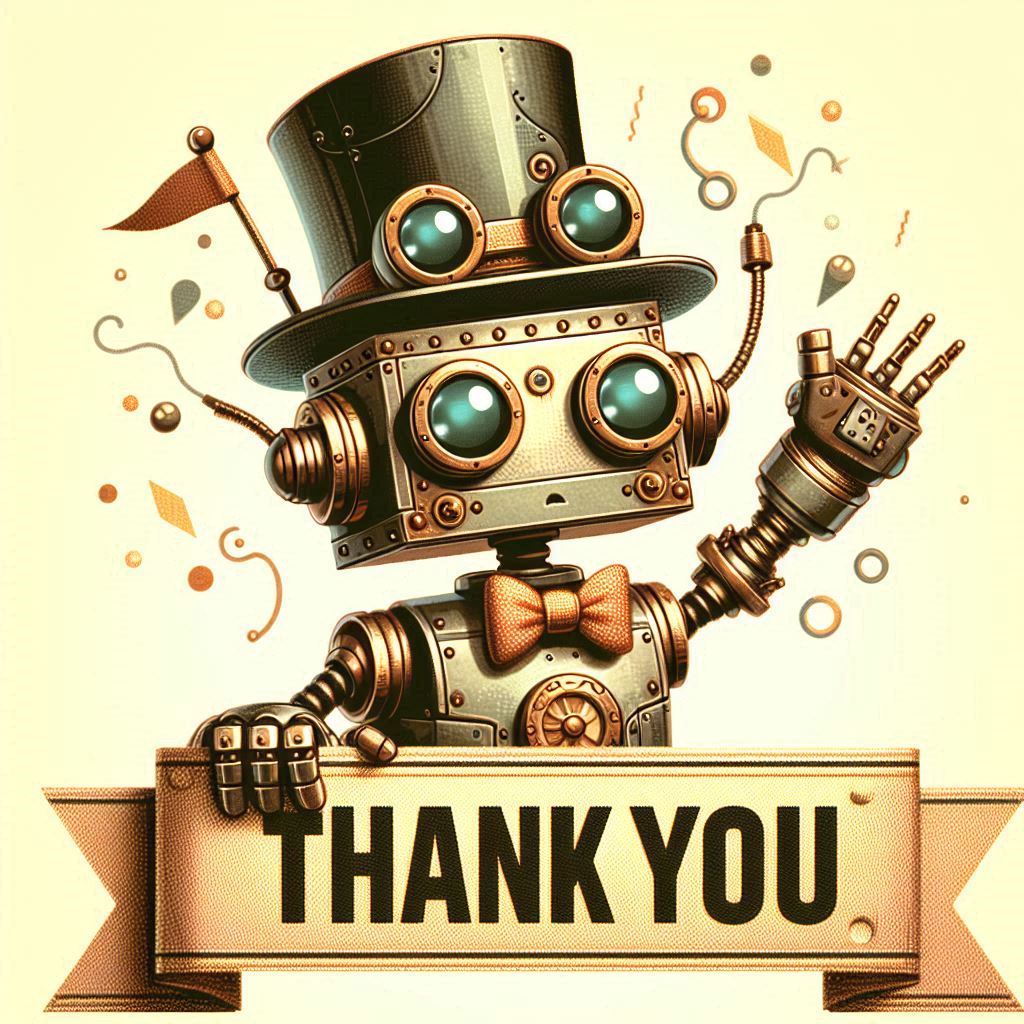
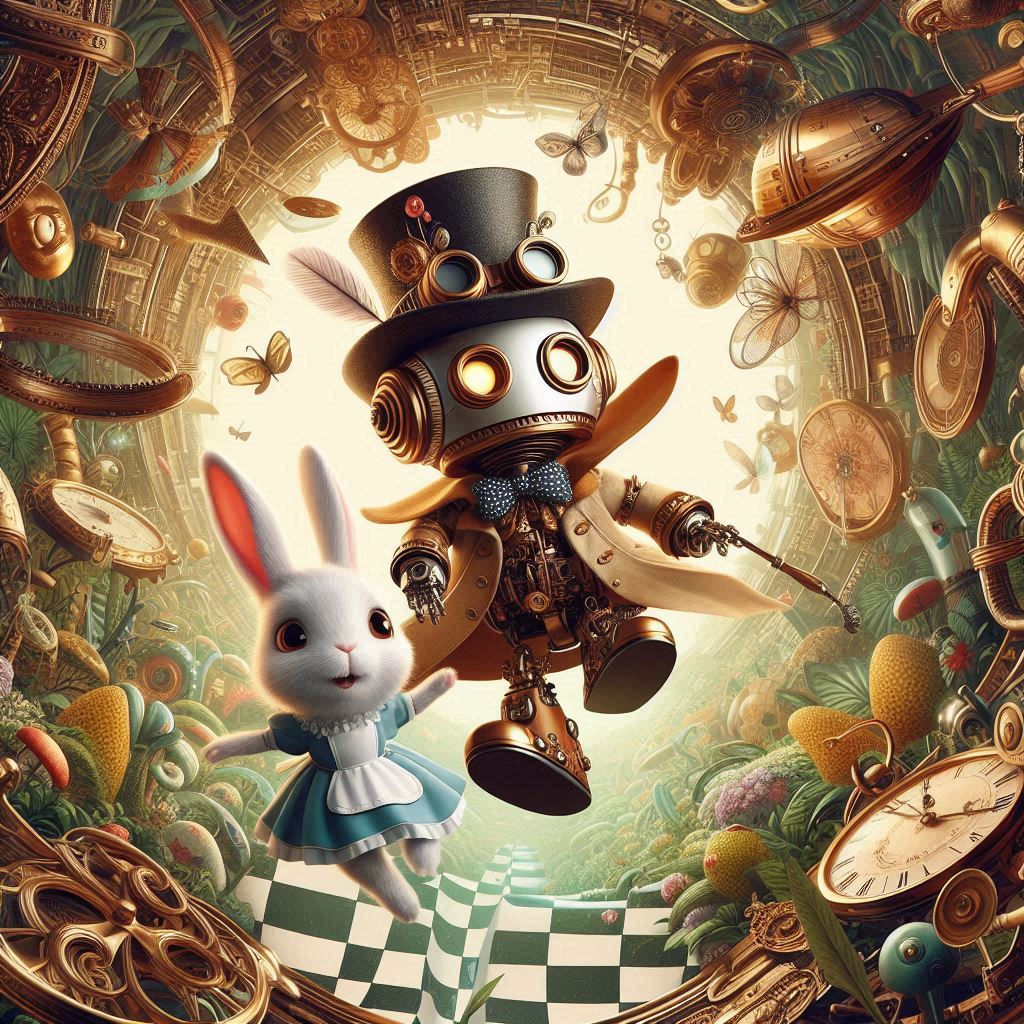
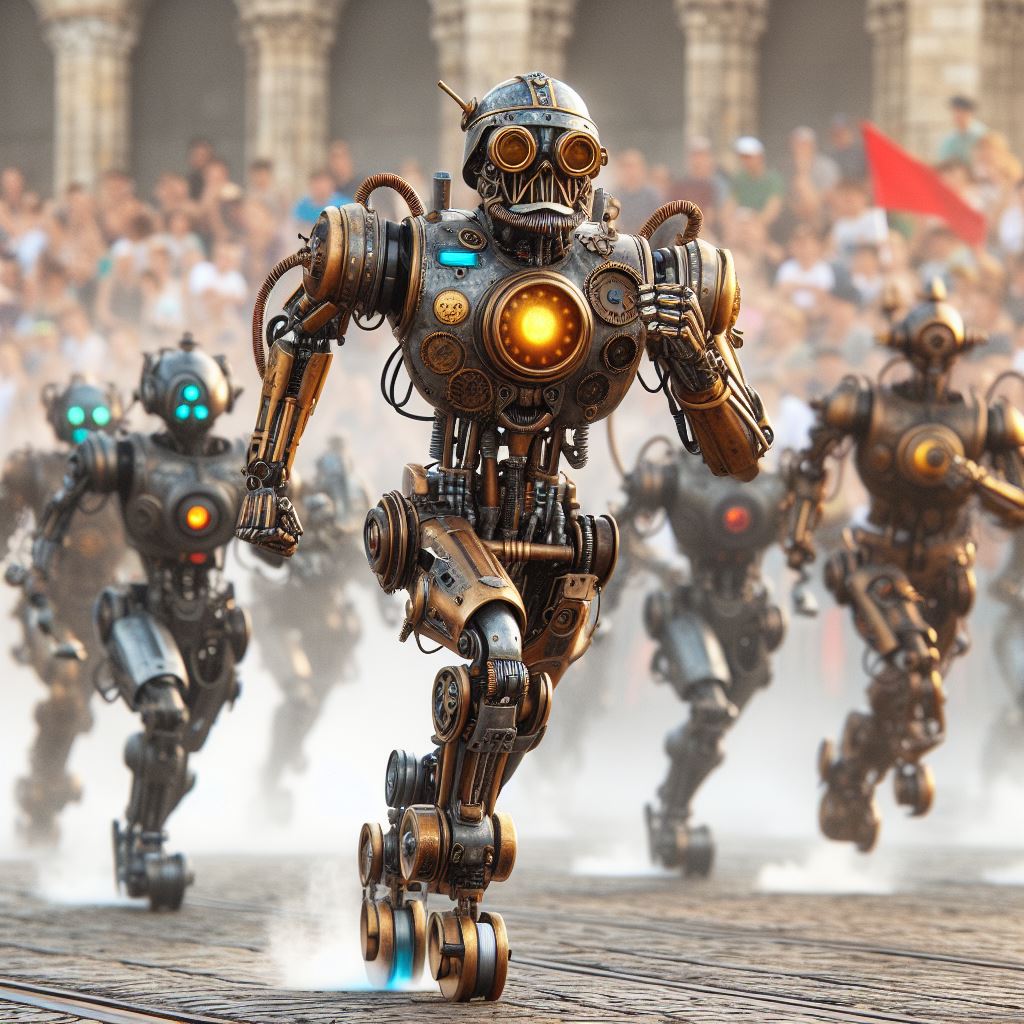
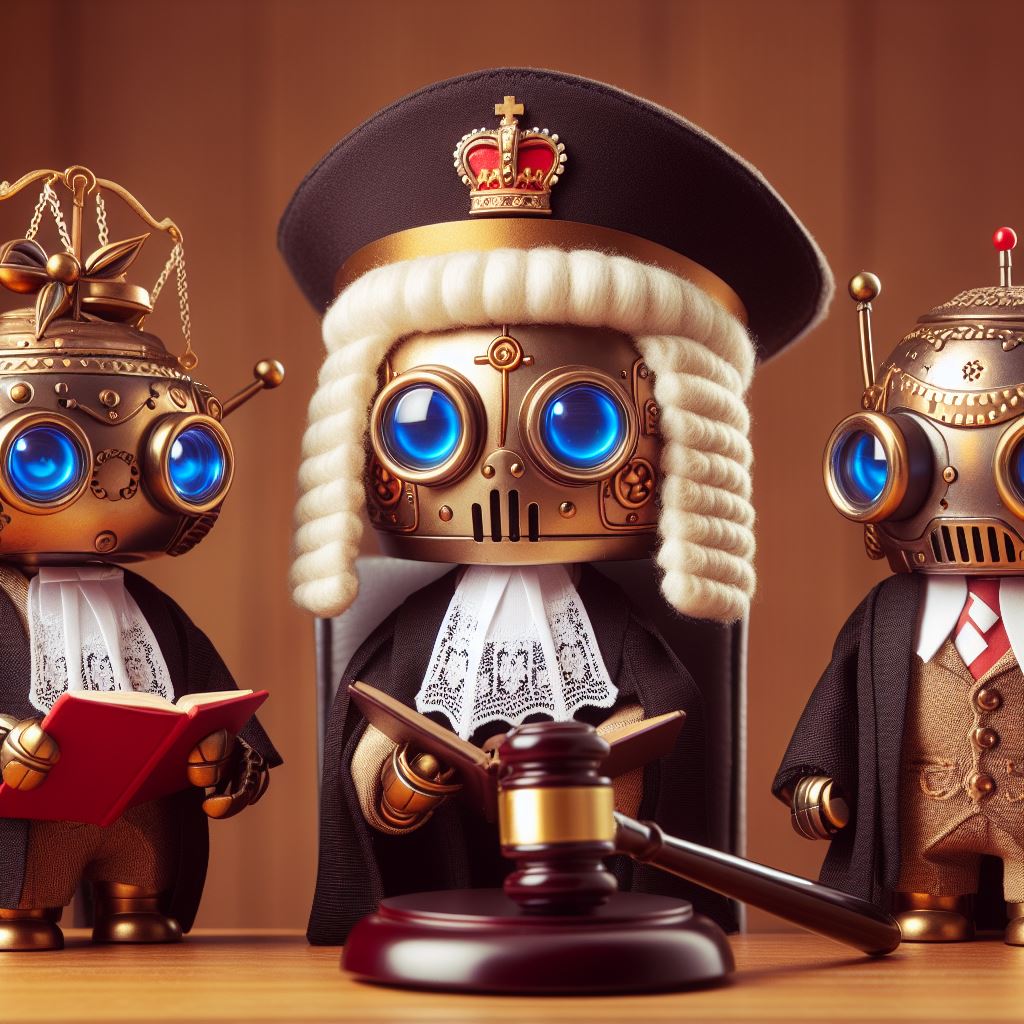
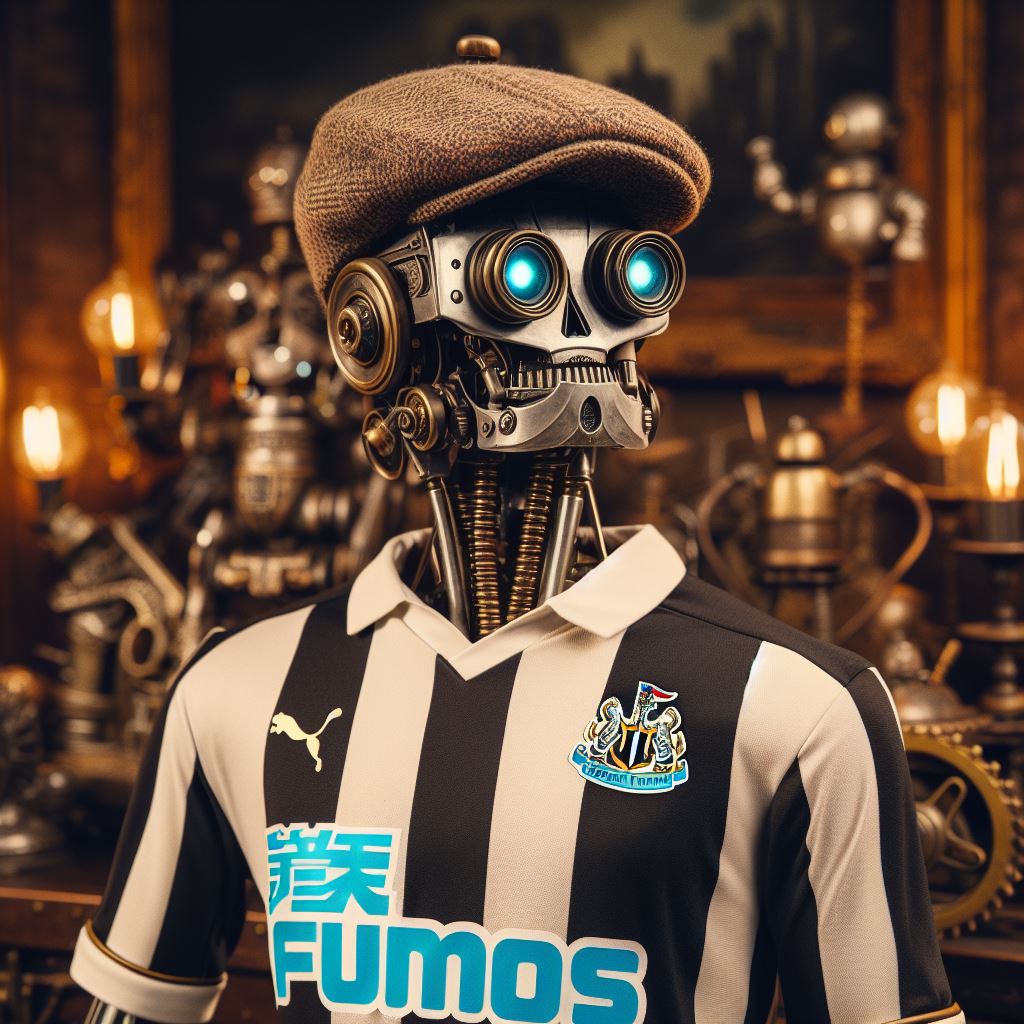

Leave a comment